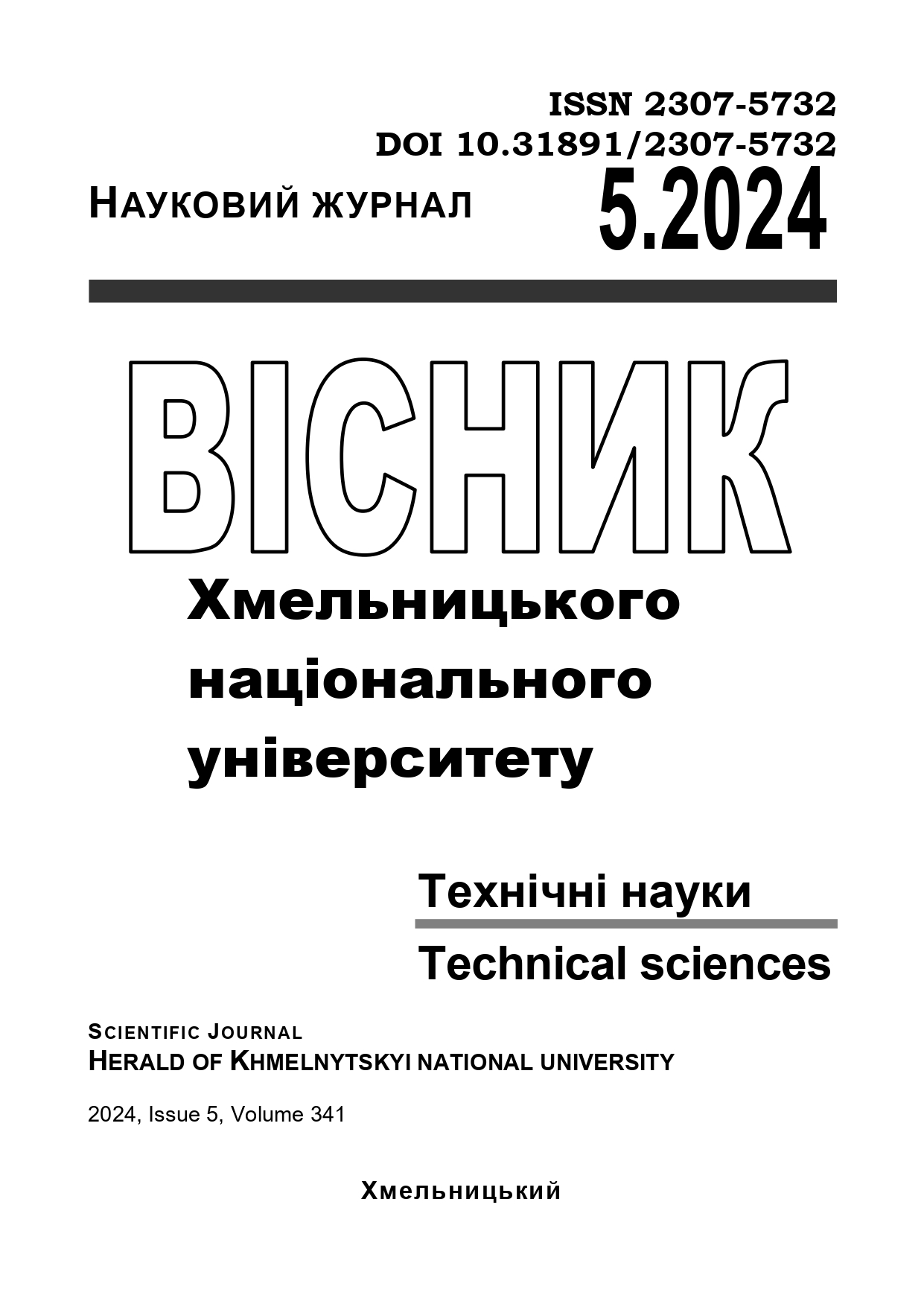ARCHITECTURE MODEL OF THE GAS METERING VIRTUAL POINTS AUTOMATION SYSTEM
DOI:
https://doi.org/10.31891/2307-5732-2024-341-5-56Keywords:
natural gas, virtual points of gas metering, architectural model, conceptual model, virtual temperature points, gas meteringAbstract
The article presents the results of the research into the architectural model for an automated gas metering system based on the concept of virtual points of gas metering, which is an abstraction layer above physical gas metering devices providing possibilities for great automation and optimization as well as flexibility and precision in the domain of centralized gas metering. The primary objective of the research is to design an optimal architectural model that satisfies the requirements and constraints of the system's conceptual model. This study delves into the process and describes the result of architectural model creation by covering the following aspects: defining system components and their responsibilities, assigning behaviors to the components, defining cross-component and external interactions, designing data models as well as providing API and communication solutions. Additionally, the research also focuses on the basic external interactions and infrastructure considerations necessary for the operation of the automated system. A significant portion of the research is dedicated to addressing specific challenges inherent in gas metering automation. These challenges include the prediction of gas calorific values, determining the temperature at the points of gas consumption, and the calculation of monthly gas usage in kilowatt-hours. By addressing these issues, the research ensures that the architectural model is completed and includes solutions for the domain problems at the scale of the architecture. The solutions proposed for these challenges are integrated into the overall architectural model, providing a robust framework for future research into the topic as well as a basement for the implementation of an accurate and efficient centralized gas metering automation system. Some of the solutions developed during the research lay on the line between software architecture and user experience design. Also, the research scope includes the infrastructural model required for the automated system to function optimally. This includes encompasses both infrastructure-centric and application-centric models, presenting different viewpoints on the reference infrastructure for the optimal system operation.

